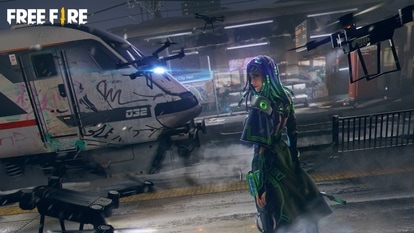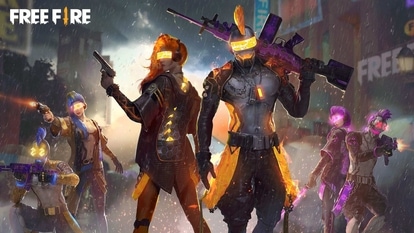M calling M
There’s already more M2M, or machine-to-machine chatter, than people-to-people talk on our small planet, writes Prasanto K Roy.
Today, commercial pilots routinely "autoland" their aircraft, sitting back and watching as hundreds of sensors, machines and control surfaces talk to each other and to computers and control systems to ensure a perfect touchdown in near-zero visibility. It's necessary for modern cars, even a ₹1 lakh Nano, to include several microprocessors talking to each other. In the old days, car engines could be built without computers inside. No longer. With strict emission controls, your car needs a powerful little ECU, the engine control unit, to work out the exact fuel-air mixture on the fly. The ECU continuously talks to other subsystems, checking dozens of sensors for coolant temperature, accelerator setting, carbon in the exhaust... and does a million calculations each second to control spark timing and fuel-injection settings. Then there's one dedicated little computer for each wheel of your ABS-assisted car, and another for the power steering, the climate control...
Network chatter
Mobile telephony made M2M (machine-to-machine connections) easier across a network. Take General Motors' OnStar service in the 1990s. A GM car buyer in the US who opted for OnStar service could call OnStar for help with directions, or car trouble. If you locked yourself out of your car, they'd remotely unlock your car. If you had an accident, emergency services would be instantly notified with your location (using GPS) and identity.
M2M networks are now commonplace. The popular Meru and Easycabs genre of 'radio taxis' in our metro cities keep track of their cabs using GPS and cellular devices. Trains, metro rail networks, even bus and truck fleets in India, use GPS and mobile phone systems.
A rapidly growing M2M area is automated meter reading (AMR). The old way is hundreds of people trudging along in the summer heat to read lakhs of electricity meters. The new way is where each meter has a built-in mobile-phone module, programmed to send out a single SMS every week with the meter reading. Lakhs of meter readings are collated in hours. AMR is used in over a dozen locations in India, and will be the norm in a few years.
Such a wireless module, costing a few thousand rupees, is a small addition to the price of large equipment. An escalator or elevator costing ₹10 lakh can easily build in an M2M module that will send out an alert SMS when there's a fault developing - so that engineers can be on site, with a pretty good idea of what's happening, before the system stops working. Ditto for construction equipment such as cranes, or transport equipment. And similarly for critical medical equipment: CAT scanners, bedside monitors...
Traffic management is a heavy M2M user. It's early days yet in India, but the idea is simple: sensors measure traffic volume, talking to computers which control traffic lights and digital signs - so you don't have dumb lights that stay green for only 30 seconds leaving a mile of traffic stuck behind.
As wireless modules get cheaper, down to a few hundred rupees, they'll enter home appliances. In a few years, your fridge or air-conditioner will "talk to" the electric grid to optimally use power, and send out a service SMS when it senses a fault. Today, you can easily buy home security equipment or install in-car security devices that will send you an SMS when there's a break-in.
Public infrastructure is well suited to M2M. Electric utilities use modules at distribution transformers that send out a signal when there's a power outage, triggering corrective action - or sending engineers flying there. Water utilities worldwide use M2M systems to monitor water quality and distribution.
Our small planet has less than seven billion people, but over 50 billion machines. Many can be M2M-enabled. So look around you, in your office, house, or car. Look hard, and you might spot machines that silently chatter with each other, in their M2M speak.
The author is chief editor at CyberMedia, publisher of 15 specialty titles including the gadget site www.LD2.in . twitter.com/prasanto
Catch all the Latest Tech News, Mobile News, Laptop News, Gaming news, Wearables News , How To News, also keep up with us on Whatsapp channel,Twitter, Facebook, Google News, and Instagram. For our latest videos, subscribe to our YouTube channel.





















